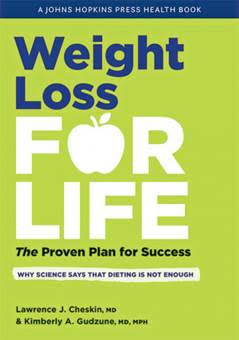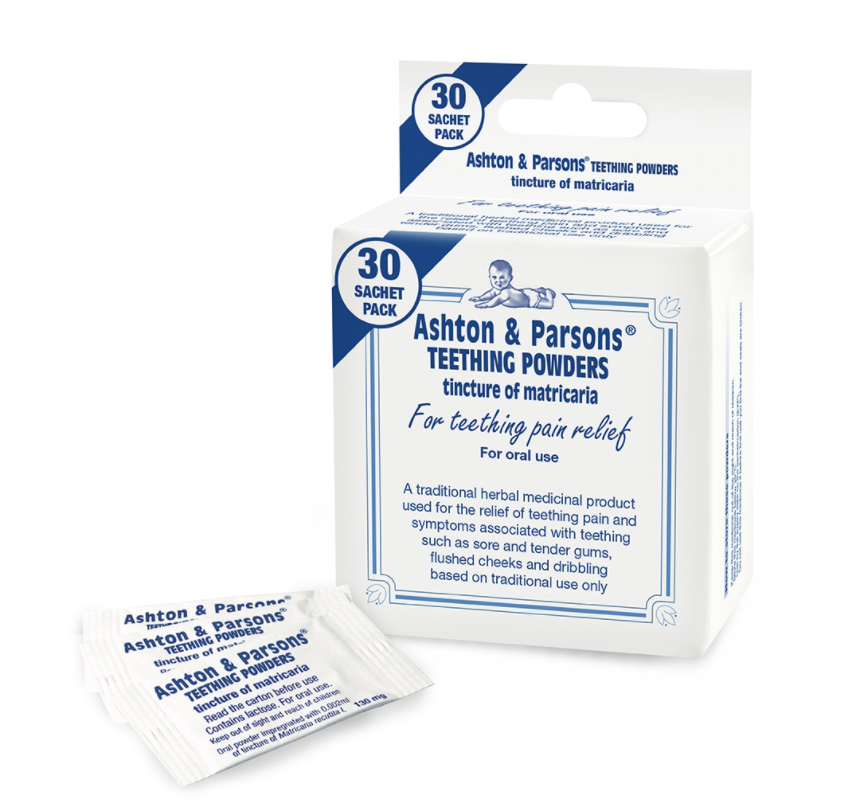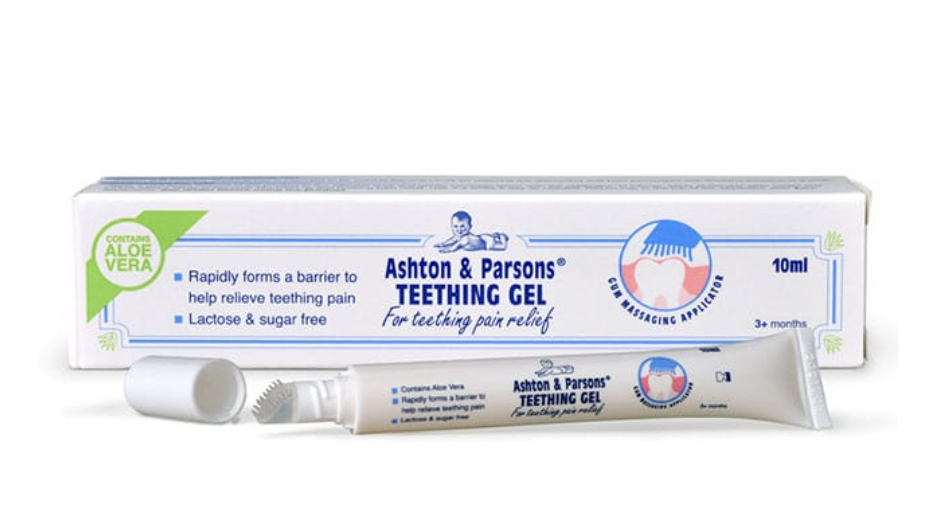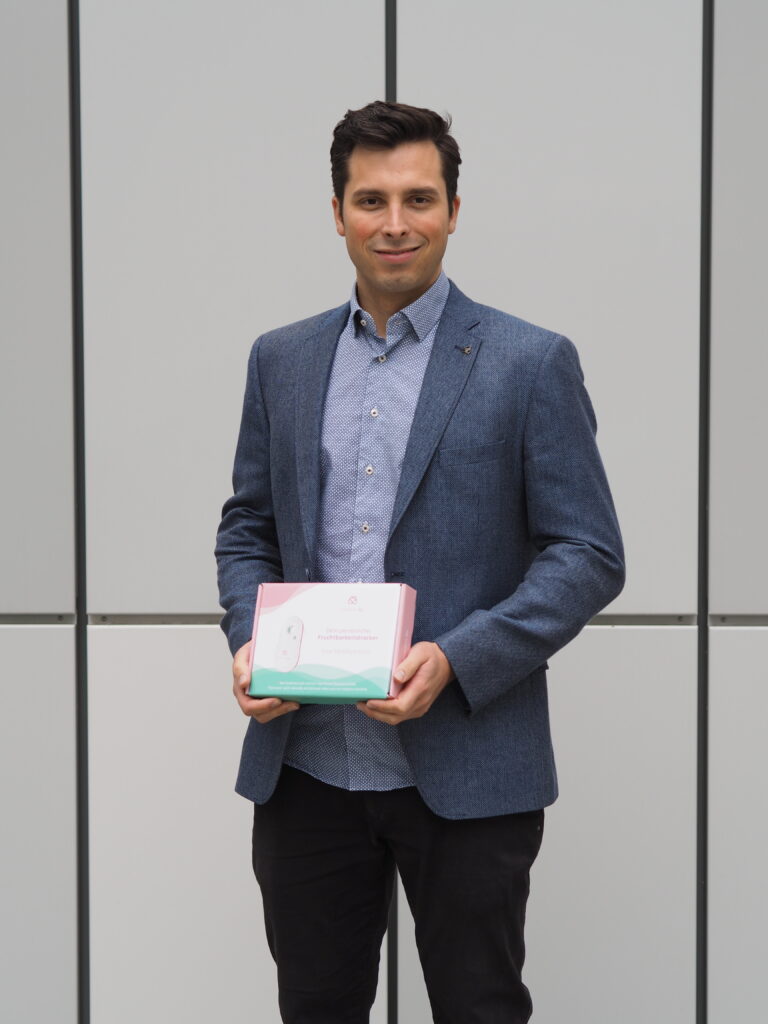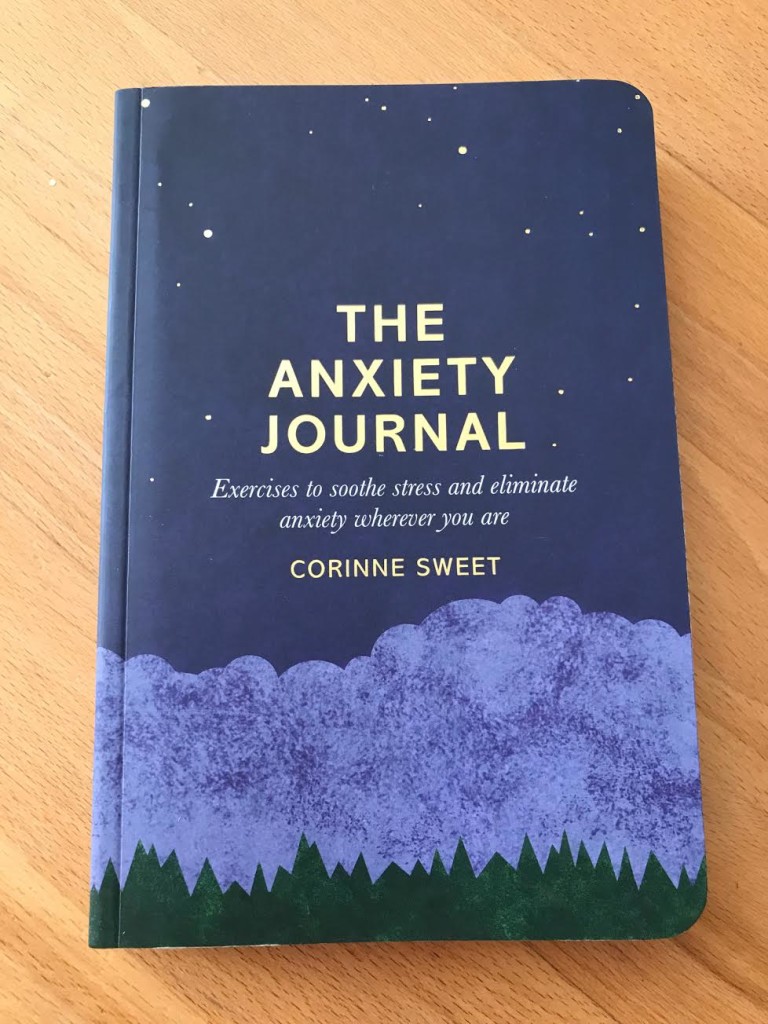I have had three children and my weight has fluctuated after every one of them. My third is almost one and now I want to lose the weight so I was interested in reading this book. I am glad I did. It is a comprehensive and non-judgemental plan backed by the latest, and best, science. I found it easy to read and follow. I highly recommend it.
Major new book – Weight Loss for Life, from Johns Hopkins University’s Healthful Eating, Activity & Weight Programme
Weight Loss for Life
The Proven Plan for Success
By Lawrence J. Cheskin, MD, And Kimberly A. Gudzune, MD, MPH
This is not a fad diet book. This is the most comprehensive, scientifically based-programme to lose weight and keep it off, with practical details about diet and nutrition, movement and motivation, medications, supplements, surgery, and more.
In Weight Loss for Life, two experts from the Johns Hopkins Healthful Eating, Activity & Weight Programme provide you with all of the information you need on your weight lossjourney. They bring together leading experts in behavioural health, nutrition, exercise, and nursing to help you develop a plan that works best for you—and one that’s not just focused on just restricting calories or certain foods. Anyone struggling with unwanted weight gain or obesity will find this programme to be helpful, compassionate, and clear.
A central feature of the programme is a Personal Plan of Action to help you set up reachable goals, plan your meals, and make time for movement. All the recommendations are customisable based on your personal health and needs. You’ll find interactive features too, with surveys throughout asking you to reflect on your own eating habits as well as barriers to success. And unlike other books Weight Loss for Life covers it all: supplements, prescription medications, med spas, and surgical options. If you struggle, it can help you get back on track. Throughout, testimonials from others who have followed the programme along with hundreds of photographs and drawings will help educate and keep you motivated along your weight loss journey.
Weight Loss for Life is the guide to the science and art of achieving and maintaining a healthful weight.
“This evidence-based, easy-to-understand approach to weight loss provides readers with the appropriate tools they need to be successful long term in reaching their own individualized goals. More comprehensive than other weight loss books on the market, this book is a valuable resource for anyone wanting to lose weight safely and effectively.” – Virginia Quick, PhD, RDN, Rutgers University
Lawrence J. Cheskin, MD, is Adjunct Professor of Medicine at Johns Hopkins School of Medicine and Professor and Chair of Nutrition and Food Studies at George Mason University. Kimberly Anne Gudzune, MD, MPH, is Associate Professor of Medicine at Johns Hopkins School of Medicine, where she is the director of Johns Hopkins Healthful Eating, Activity & WeightProgramme.
Hardback, 400 pages, 131 colour photos, 10 colour illus., 9781421441948, £22.00
https://www.press.jhu.edu/books/title/12203/weight-loss-life

